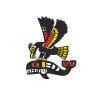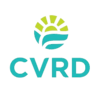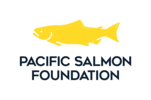We want to be able to safely eat shellfish from Cowichan Bay.
[Revisions Pending: This Working Group is working to broaden this target and indicators to a ‘whole of estuary’ goal that also captures habitat restoration for other species. 2023]
Rationale
Cleaning up the Cowichan estuary so that bivalve shellfish (clams, mussels, oysters, etc.) can be harvested again is a critical target, especially for Cowichan Tribes. Shellfish have been a main food source of the Cowichan people, but there has been a government-imposed harvest closure since 1973 due to pollution concerns. This target was informed by estuary workshops convened by Cowichan Tribes in 2010 and 2011 and promotes a whole-of-watershed approach, looking not only at direct estuary pollutants but also at upstream issues that flow from the Cowichan and Koksilah Rivers as well as feeder streams. “Those clams are the canary in the coal mine,” said Chief Harvey Alphonse.[1]
Progress
Progress on this target is closely linked to achievements in related targets for clean water and public health due to the inter connectivity between these values (see those target profiles for more information).
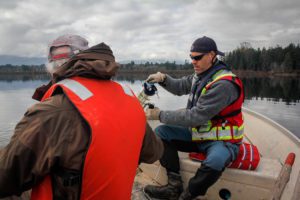
Water Quality Sampling - Somenos Marsh. Photo by Barry Hetschko
Water quality testing: An early focus for the CWB and its partners was following up on the BC Ministry of Environment’s observations of pollution levels exceeding the objectives set for the Cowichan and Koksilah rivers.[2] [3] Please see the Water Quality Target page for updates.
Environmental Farm Plan: After water quality testing revealed issues arising from farm run-off, CWB members visited with local farmers and invited them to a workshop on the issue after sharing large aerial photos pinpointing the extent of coliform contamination. On June 19, 2013, the BC Ministry of Agriculture (MOA) and the CWB hosted a workshop for dairy farmers entitled "Keeping Your Farm’s Run-off Clean.” Presentations included: the fall 2012 water sampling results; regulations on manure management; how to keep runoff “clean”; and Washington State Environmental Farm plans. This led to a successful Group-based Environmental Farm Plan (GEFP) for dairy producers in the area to identify best management practices and provide funding support to improve nutrient management. Extensive water quality monitoring was repeated in 2017-18 and is continuing in the estuarine and lower river areas, coupled with support for agricultural outreach and education.
Better boating: Curbing the impact of human activity in marinas and mooring areas in Cowichan Bay has been an ongoing effort. The CWB’s role has largely been to document the problem and encourage action through the Water Quality working group and its partners. To address high coliform levels in the area around the docks, the CVRD brought in regulations on sewer hook-ups for float homes, restricting the amount of untreated sewage entering the bay. In addition, CVRD, along with Cowichan Tribes, DFO and other federal departments, sought to address boat mooring and derelict boats, which were also adding contaminants to the bay. By 2017-18 most derelict vessels had been removed.
Municipal Sewage: The Joint Utility Board (JUB) is a secondary sewage treatment partnership between the Municipality of North Cowichan, the City of Duncan, Cowichan Tribes, and the CVRD. Recent low water levels have challenged the JUB to meet dilution requirements for the treated effluent which flows through an outfall pipe into the Cowichan River. The JUB plans to move the sewage effluent to an ocean location. Federal funding for the project was announced in 2016.
Update: In 2023, after a severe fish die-off in the upper Cowichan River, funding has been received by the Town of Lake Cowichan to update its sewage treatment facilities as well.
Estuary Education: The Cowichan Estuary Nature Centre, built by the Cowichan Land Trust, is educating residents, visitors and school children about estuary ecology and providing a base for much of the restoration. The CWB contributed funds and support for a three-dimensional watershed display table and wall panels.
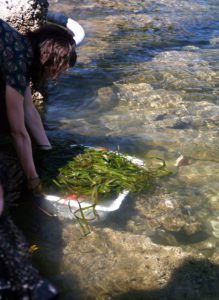
Cowichan Bay Eelgrass planting. Photo by E.Marshall
Eelgrass Habitats: Nearshore estuary habitats are also important to the overall health of estuary ecosystems, particularly the benthic zone. Through the Cowichan Land Trust, SeaChange, and the Cowichan Estuary Nature Centre, several formerly productive eelgrass beds have been replanted. However, boat propellers and anchor chains were chewing up the new plantings. In 2010 after a citizens group raised concerns, local partners created legally protected zones, using the Vessel Operation Restriction Regulation (VORR) of the Canada Shipping Act. The CWB’s Estuary and Water Quality working group helped coordinate this plan and has provided funding for the marker buoys and information brochures.
Clam Garden: In 2018, CWB hired a Cowichan Tribes member to start laying the groundwork for a clam garden pilot project to potentially grow clams in the First Nations tradition. This work may resume soon but in the meantime, see the new U Can Dig It app developed by First Nations to identify where shellfish can be safely harvested.
Monitoring
Please see the Water Quality Target for WQ monitoring work.
Cowichan Tribes, Cowichan Estuary Restoration and Conservation Association, Nature Trust, and other organizations are also conducting ongoing ecosystem research in the estuary.
Next Steps
- Partner with MOE to create water objectives for Cowichan Bay tributaries and marine environment
- Complete Cowichan water quality attainment report
- Outreach to Koksilah agricultural community on irrigation and nutrient management
- Report out to greater community on water quality findings
- Continued installation of buoys to demarcate eelgrass protection areas
- Brochure to assist partners (RCMP, DFO, Cowichan Guardians) to enforce compliance to protect eelgrass
- Partner with Cowichan Tribes to undertake a clam garden pilot program
- Restoration of tidal channels and restoration of connectivity in estuary
[1] Victoria Times Colonist, August 18 2012 “Cowichan Bay Cleanup Begins”
[2] McKean, C.J.P. 1989. Cowichan-Koksilah Rivers Water Quality Assessment and Objectives Technical Appendix. Water Management Branch, Ministry of Environment. Victoria, British Columbia.
[3] CVRD 2010 State of the Environment Report.
Related Resources
Cowichan Estuary Environmental Management Plan_Feb 1987
Cowichan Estuary Plan Review-Final Report-Dec 2005
Cowichan Tribes-Estuary Workshop Proceedings_25May2010-Final
Cowichan Estuary Mgmt Plan Review-2010 Update
CWB-Clean Water-Estuary Targets-5.01.12
Water Quality-Estuarine Health Target Working Group Update-13Dec2014
Water Quality-Estuarine Health-Target Working Group Update-16Feb2015
CWB Water Quality working group update-29.02.16-TRutherford
Cowichan Watershed Board-MOE-Water Quality Monitoring-Epps-Deniseger-May2011
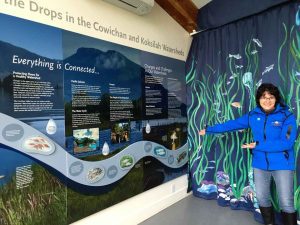
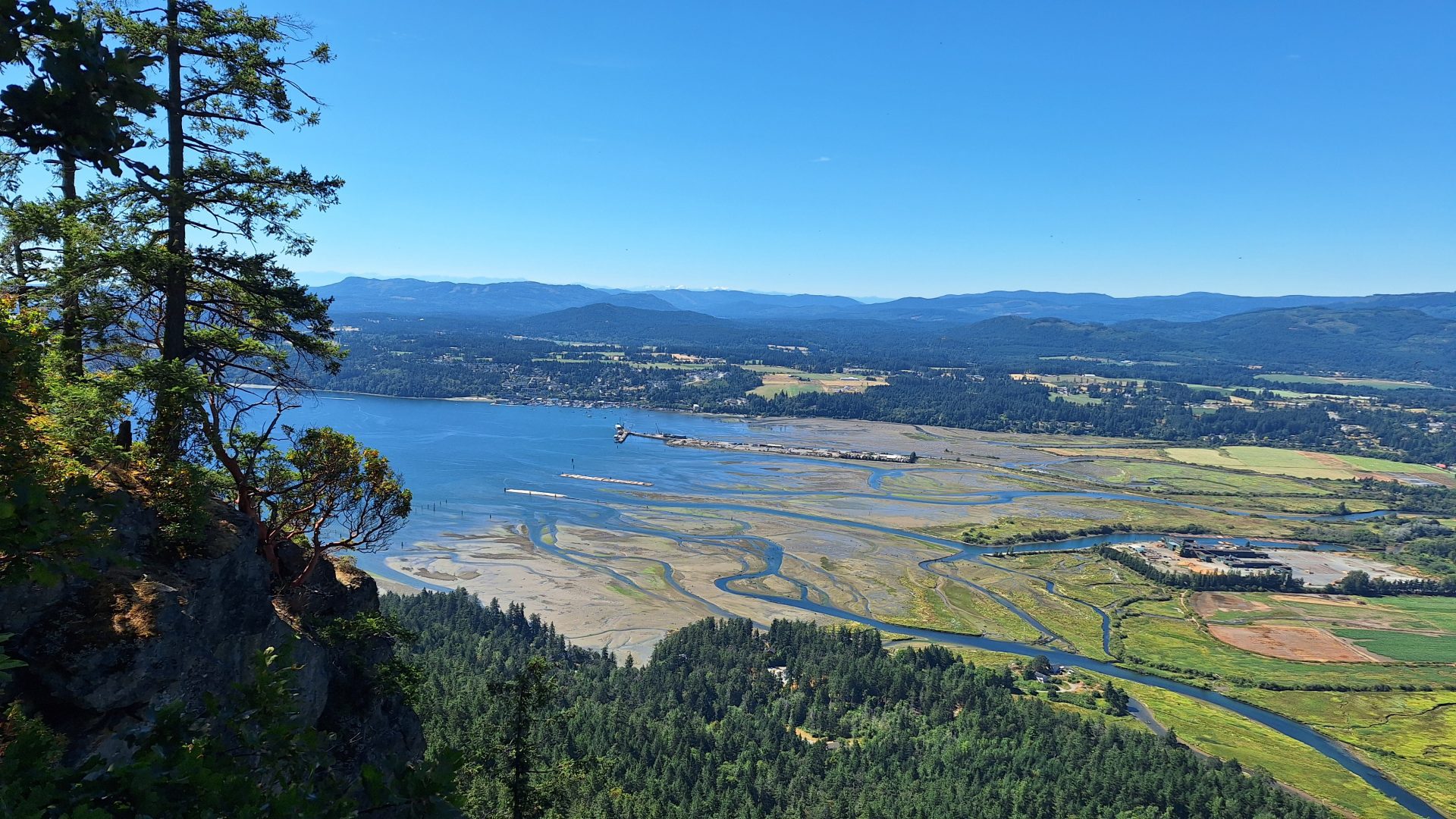
 Email
Email